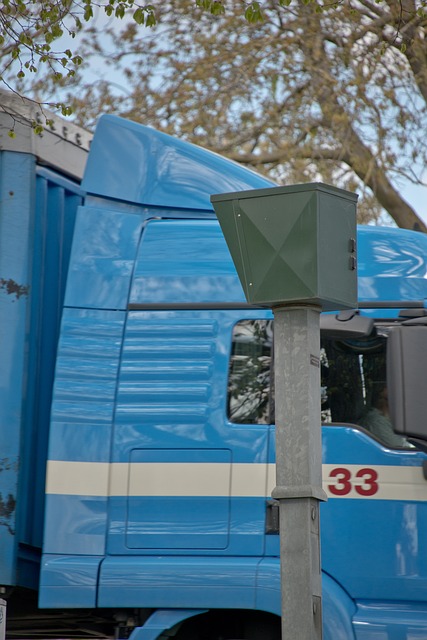As a trucking business grows, so do its risks and insurance needs. Proactive assessment involves identifying unique exposure points like fleet size growth, diverse routes, and new cargo types to fill gaps in existing policies. By analyzing historical claims data and industry trends, businesses can anticipate specific risks. Recognizing these gaps allows insurers and business owners to collaborate on tailored coverage solutions, ensuring comprehensive trucking business protection that adapts to the evolving landscape. Regular reviews and adjustments to insurance coverage are vital for optimal protection as the fleet expands.
As a trucking business expands, so do its risks. This requires proactive planning to ensure adequate trucking business protection. This article guides you through essential steps for navigating the evolving coverage landscape. We’ll explore how to assess current needs, identify gaps and mitigate risks specific to growth, develop tailored insurance strategies, manage liability effectively, and regularly review and adjust policies to keep your expanding fleet safe.
Assessing Current Coverage Needs: Identifying Gaps and Risks in a Growing Trucking Business
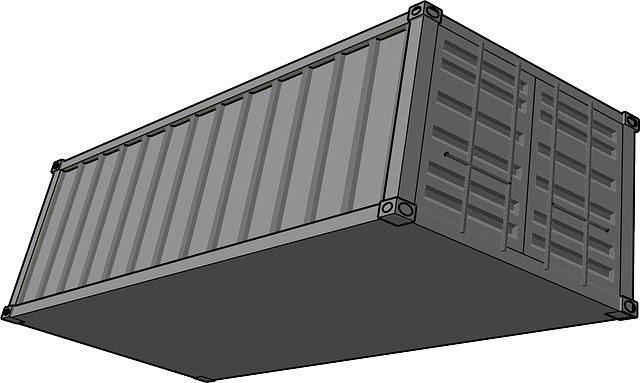
As a trucking business expands, so do its operational complexities and associated risks. Assessing current coverage needs is a proactive step to ensure adequate trucking business protection. This involves a thorough evaluation of the company’s unique exposure points, such as increased fleet size, diverse routes, and potentially new types of cargo. Identifying gaps in existing insurance policies is crucial to mitigate potential financial losses during an expansion phase.
By analyzing historical claims data and industry trends, trucking businesses can anticipate specific risks associated with growth. For instance, larger fleets may face higher liability costs due to increased accident probabilities, while new routes could expose the company to different environmental hazards or regulatory challenges. Recognizing these gaps enables insurers and business owners to collaborate on crafting tailored coverage solutions, ensuring comprehensive trucking business protection that adapts to the evolving landscape.
Developing Proactive Strategies: Tailoring Insurance Plans for Expansion
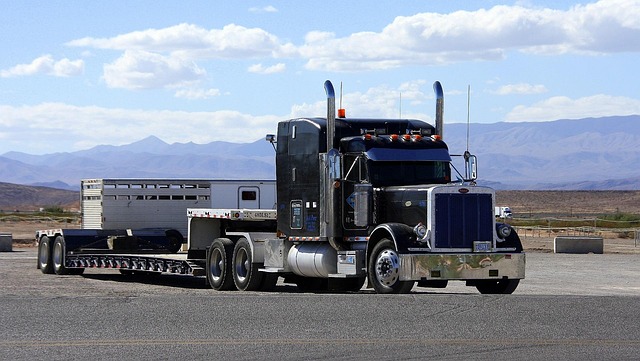
As your trucking business expands, so do its risks and insurance needs. Developing proactive strategies is key to ensuring adequate protection. This involves regularly reviewing and tailoring insurance plans to align with growth. For instance, as your fleet grows, commercial auto insurance should be adjusted to cover additional vehicles and drivers, reflecting the increased exposure. Similarly, liability coverage may need enhancement to safeguard against higher financial risks associated with a larger operation.
Proactive planning also means anticipating future challenges unique to your industry. This could include changes in regulations affecting trucking operations or emerging trends in cargo security. By staying ahead of these developments, you can customize insurance policies to mitigate specific risks, ensuring comprehensive protection for your trucking business as it evolves.
Navigating Liability and Risk Management: Protecting Assets and Drivers
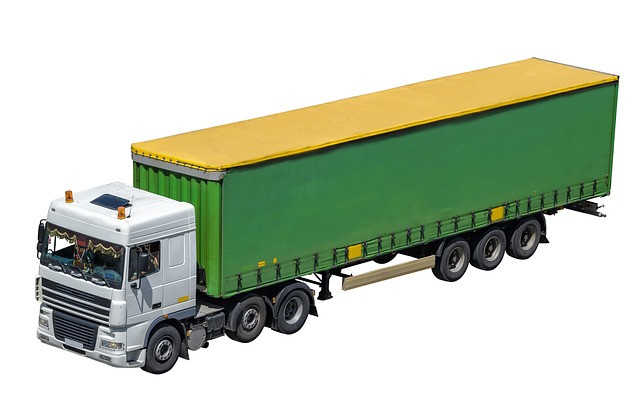
As a trucking business expands, so do its liabilities and risks. Proactive planning is essential to protect assets and ensure sustainable growth. This involves comprehensive risk management strategies tailored to the unique challenges of the trucking industry.
One key aspect is insuring against potential damages to vehicles, cargo, and third parties. Additionally, implementing robust safety protocols and training drivers can significantly reduce operational risks. By prioritizing liability and risk management, trucking businesses can safeguard their financial health, maintain customer trust, and foster a culture of accountability, laying the foundation for long-term success in a competitive market.
Regular Review and Adjustments: Ensuring Optimal Coverage as the Fleet Expands
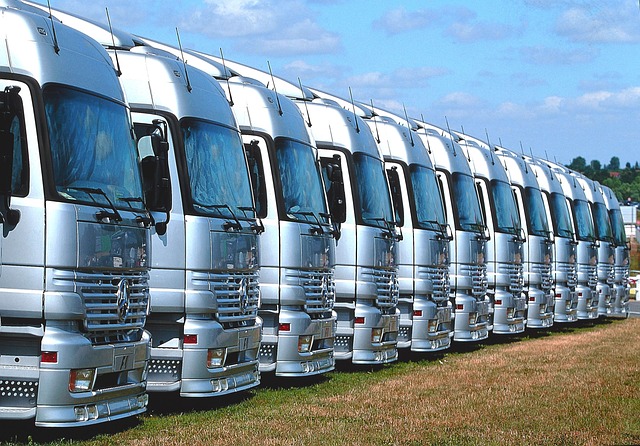
As a trucking business expands, so do its operational complexities and risks. Regular review and adjustments to insurance coverage are crucial for ensuring optimal protection. This proactive approach allows insurers to adapt policies as the fleet grows, covering emerging hazards and liability associated with increased operations. By reevaluating risk factors such as vehicle mileage, driver experience, and new routes, carriers can make informed decisions to enhance their trucking business protection.
A well-timed review enables underwriters to incorporate relevant data points into coverage plans. This may include upgrading policies to accommodate additional vehicles, drivers, or specialized cargo types. Moreover, it allows for the inclusion of specific endorsements that cater to unique operational needs, thereby providing comprehensive trucking business protection tailored to the expanding fleet.
As your trucking business expands, proactively managing coverage is key to ensuring long-term success and safeguarding against potential risks. By regularly assessing current needs, tailoring insurance plans for growth, navigating liability with care, and making timely adjustments, you can provide robust protection for your assets, drivers, and overall operations. This proactive approach ensures that your trucking business remains resilient and competitive in a dynamic market.
